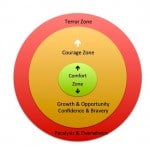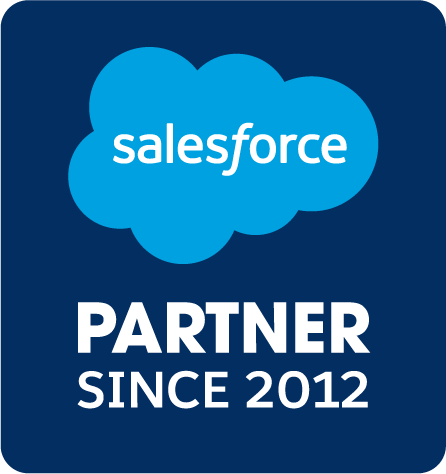What is Change?
Change is the introduction of something that moves us outside of our comfort zone. Depending on your point of view, change can be for the better (a new desk that fits perfectly) or the worse (having no drawers in which to store your supplies).
The adjustment period to change depends on the individual. It is easiest for those who can flex their approach in different circumstances at life and work, but can be devastating for people who are unable to let go. Change can be awkward at first, but like being propelled into a steep turn on a rollercoaster, it can also be exhilarating. It can motivate you to do your absolute best. During change, time can be very slow for the reluctant, and a whirlwind for anyone who is ready for it.
Change is needed if we are unhappy with where we are or when old practices and processes no longer work.
Five Aspects of Change
- It is about doing something we are not used to doing.
- It often leads us to think about what we are giving up, instead of what we could gain
- Although some of us might be happy to greet change, for many it can be overwhelming
- If the pressure to change is lessened, people will quickly and naturally revert to previous behaviours.
- Sometimes, change makes people focus on the need for new resources (materials, training, peoples) when their needs can actually be met with existing resources.

Transition
At its most essential, transition is what helps you come to terms with change. A transition can be explained as having three stages: and ending, a neutral zone, and a new beginning.
Ending
This is the adjustment to not doing something in a familiar way. We have to let go of something that is well known, even dependable
Neutral Zone
Here we are in a sort of waiting period, hanging in mid-air, without access to what we did in the past and with no instruction about the future.
New Beginning
Here we embrace the little known and start over. At this stage, people need leadership that can bring vision and purpose to life for their organisation, rather than management “pushing” goals and plans.
Failure to really deal with these phases means that lasting change will not take place.
As a leader or manager within an organisation, you should be furthering your understanding of how people react to change and what that means for those responsible for implementing changes within the workplace.
- The Innovators will be those who want to try new ways of doing things or who have responsibility for continuous improvement. The will push for change, eager to make things more efficient and up to date, and ready to try something different.
- The Early Adopters on the team will be the first to embrace the changes. They may even rush in before they fully understand the change and why it is necessary. They welcome change, either because they immediately see the benefits or, perhaps, because they prefer variety to routine.
- The Early Majority are those who are influenced by initiators and early adopters and who prefer to be ahead of the wave rather than swamped by it.
- The Late Adopters are the last to come on board and they may not come willingly. They are not easily convinced of the value of change, but they can be moved to accept the change.
- The Diehards resist the change. They do not come on board. They may be terminated or they may be moved to a backwater position in the organisation where their resistance interferes with operations less. They can become angry and bitter about the way things are going.
Change is a simple word but a complex topic. Different models of change have evolved over time to reflect the need to pay more attention to the process of transition and the changes in attitude that take place, as opposed to solely focusing on the desired changes. If we focus our efforts on the Innovators and Early Adopters, they will be leaders who can model and promote the benefits of the changes; they will also demonstrate how to make those transitions successfully.






